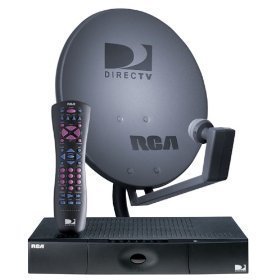DirecTV
DirecTV is a direct broadcast satellite company that controls the majority of satellite television service in the United States. DirecTV’s main rival is Dish Network, which has considerably fewer customers and less annual revenue. While DirecTV does not provide services to the Eastern Hemisphere, it does provide services to much of the Western Hemisphere, including the United States, Latin America, and the Anglophone Caribbean. Since its launch in 1994, DirecTV has become one of the largest direct broadcast television satellite companies in the world.
How DirecTV Works
DirecTV purchases programming from programming rights holders, such as television networks, cable television providers, and entertainment companies. As the programs become available to DirecTV, they are digitalized, compressed, and encrypted in order to prevent unauthorized access. The signals are then sent from broadcast stations in Los Angeles and Castle Rock, Colorado to satellites in geostationary orbit over the mid-western Hemisphere. The satellites then re-broadcast the signals to homes and businesses all across the United States and Central America, where they are received by DirecTV-designated satellite dishes, an integrated receiver/decoder, and a DirecTV access card that includes the user’s purchased services and channels.
Applications
DirecTV provides users with video and audio data for direct broadcast television. While DirecTV provides users with a number of television service packages, it does not offer Internet access or satellite telephone service, like many other satellite broadcast companies do. Because of this, DirecTV is still strongly rivaled by cable service providers.
Advantages
DirecTV is advantageous because it provides relatively inexpensive services, has a dedicated region of customers, and rarely has interrupted service. Likewise, DirecTV satellite dishes are very small and lightweight while the radio frequencies used are ideal for piercing rain, snow, and other environmental effects.



Comments - No Responses to “DirecTV”
Sorry but comments are closed at this time.